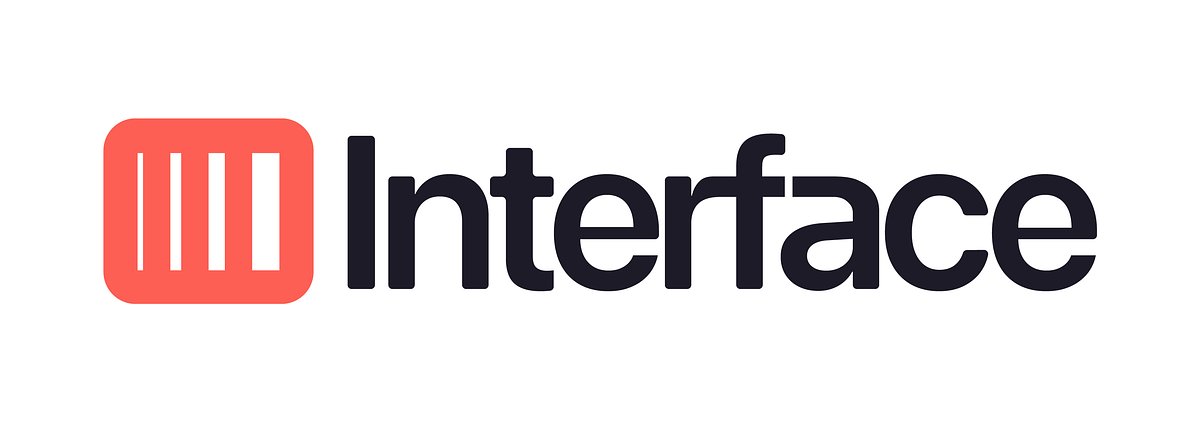
Beyond Reactive Security: TamperShield Aims to Stop Break-ins Before They Happen
Traditional alarm systems react after a breach. Interface Systems’ TamperShield proactively monitors for interference, offering a new layer of protection against increasingly sophisticated criminals.
Beyond Reactive Security: TamperShield Aims to Stop Break-ins Before They Happen
By Carol Moore – AI in Healthcare: Innovation & Implementation
For decades, the standard security protocol has been reactive: an alarm sounds after a breach. But as criminals become more sophisticated – disabling systems before attempting a break-in – that reactive approach is proving increasingly vulnerable. Interface Systems is tackling this evolving threat head-on with TamperShield, a new technology designed to detect alarm system interference before a crime occurs.
Launched this month, TamperShield isn’t simply an upgrade to existing alarm systems; it represents a fundamental shift towards proactive security. The system continuously verifies alarm panel communication, alerting Interface’s monitoring centers to any disruptions or tampering attempts. This allows for immediate investigation and law enforcement notification, potentially thwarting a crime in progress.
“The problem isn’t just about preventing a break-in; it’s about knowing when your system is compromised,” explains a security industry consultant who requested anonymity. “Traditional systems only tell you something’s wrong after the criminal is already inside. TamperShield aims to bridge that gap.”
A Growing Vulnerability
The rise in pre-attack interference isn’t anecdotal. FBI crime data indicates a growing number of attempted disruptions to alarm systems, particularly in high-value retail environments. According to industry sources, criminals are employing increasingly sophisticated techniques – from simple wire cutting to more advanced signal jamming and cyberattacks – to disable security measures before entering a property.
“We’re seeing a definite uptick in attempts to disable systems before a theft,” confirms a representative from a national jewelry retailer currently piloting TamperShield. “The cost of upgrading security is nothing compared to the potential loss from a successful break-in.”
Interface Systems isn’t alone in recognizing this growing vulnerability. Competitors like ADT Commercial and Securitas offer integrated security solutions, but many remain focused on reactive measures. What sets TamperShield apart is its dedicated focus on preventing system compromise.
How TamperShield Works
TamperShield operates by constantly verifying communication between the alarm panel and the monitoring center. Unlike traditional systems that only check for signals after an alarm is triggered, TamperShield proactively tests the connection at regular intervals. Any interruption – whether caused by a cut wire, signal jamming, or a compromised connection – immediately triggers an alert.
The system is currently compatible with DMP and Honeywell alarm panels, allowing businesses to upgrade their monitoring capabilities without a complete system replacement. Interface Systems operates TMA Five Diamond-certified, UL-listed Interactive Security Operations Centers (iSOCs) staffed 24/7 by U.S.-based security experts who respond to alerts and initiate appropriate action, including contacting law enforcement and verifying the situation.
“The beauty of this system is its simplicity,” explains a technician familiar with the installation process. “It’s not about adding complex new hardware; it’s about leveraging existing infrastructure to provide an extra layer of protection.”
Beyond Retail: Applications Across Industries
While the initial deployment of TamperShield has focused on the retail sector, particularly within the jewelry industry, the technology has broad applications across various industries. Any business that relies on a functioning alarm system to protect valuable assets or ensure employee safety can benefit from this proactive approach.
Potential applications include:
- Commercial Real Estate: Protecting office buildings and other commercial properties from break-ins and vandalism.
- Healthcare Facilities: Safeguarding sensitive medical equipment and protecting patient data.
- Warehousing and Logistics: Preventing theft and ensuring the security of inventory.
- Manufacturing: Protecting valuable equipment and intellectual property.
“The need for proactive security isn’t limited to any one industry,” says a risk management professional. “Any business that’s vulnerable to theft or damage can benefit from this type of technology.”
The Future of Security: Predictive Capabilities?
While TamperShield represents a significant step forward in proactive security, the future of the field may lie in even more predictive capabilities. By leveraging artificial intelligence and machine learning, security systems could potentially analyze patterns of behavior and identify potential threats before they even materialize.
“Imagine a system that could predict a break-in based on factors like weather patterns, local crime rates, and social media activity,” says a security consultant specializing in AI. “That’s the direction we’re heading in.”
For now, TamperShield offers a practical and effective solution to a growing vulnerability. By shifting the focus from reactive response to proactive prevention, Interface Systems is helping businesses take control of their security and protect what matters most. The deployment with a national jewelry retailer serves as a strong early indicator of the system’s effectiveness, and signals a growing demand for security solutions that are as intelligent as the threats they’re designed to counter.
As criminal tactics evolve, solutions like TamperShield will become increasingly essential for businesses seeking to stay one step ahead.
